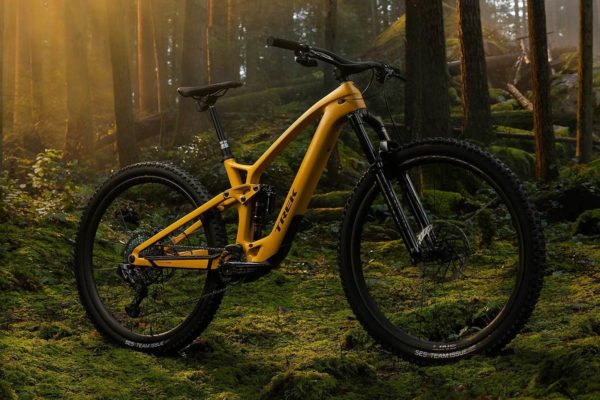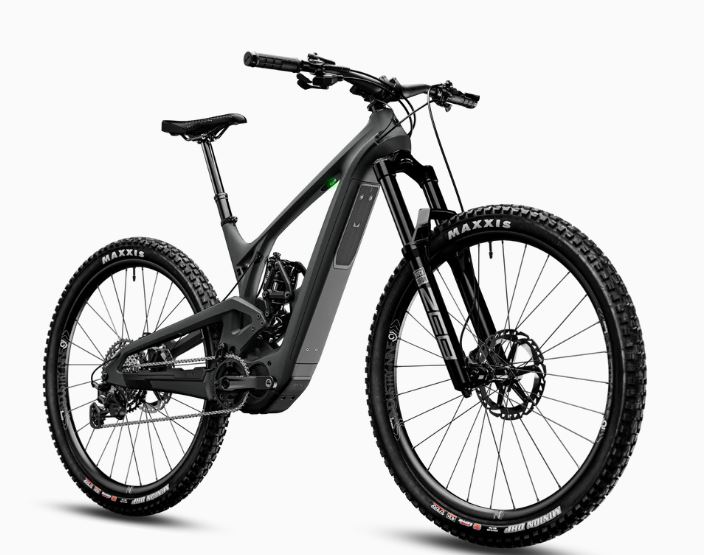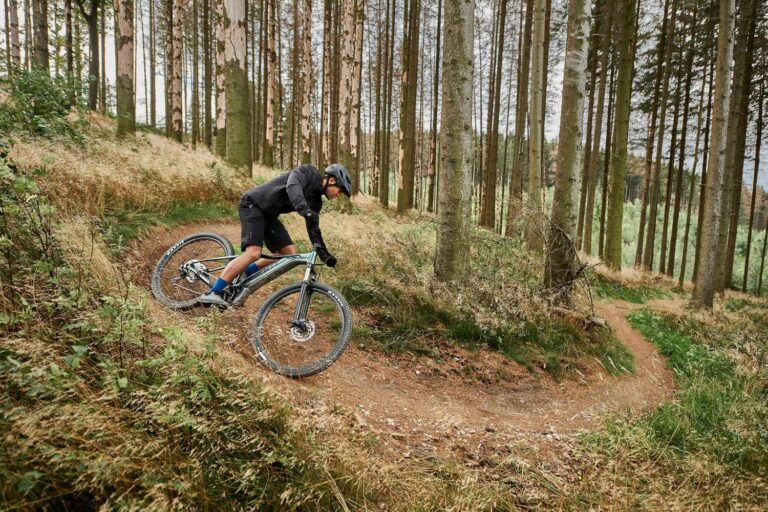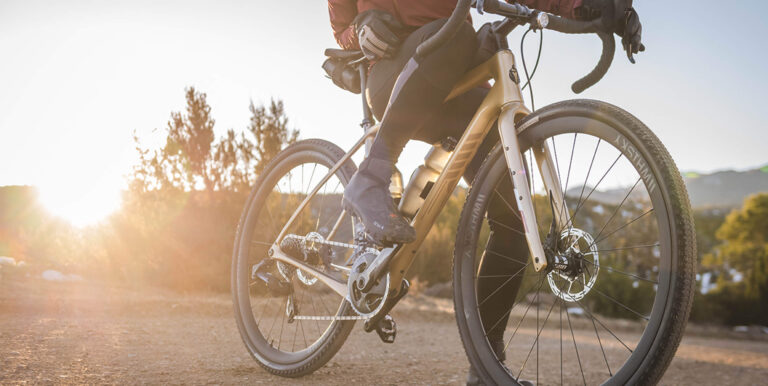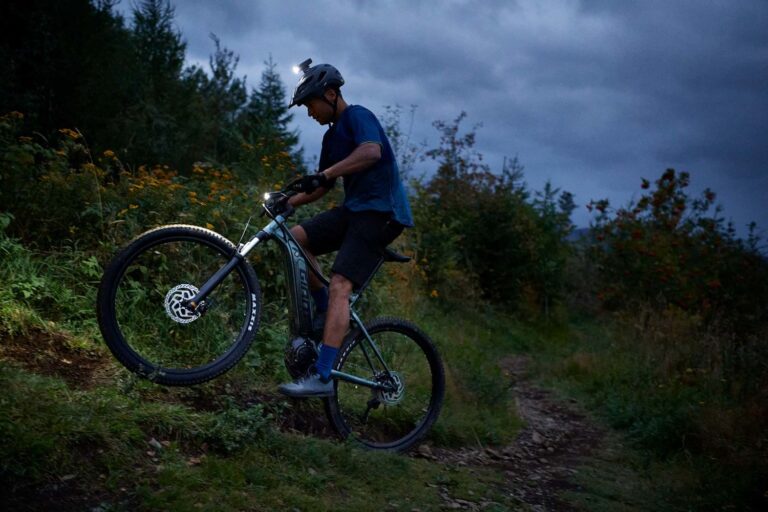Understanding Mountain E-Bike Power Systems: The Core Components

Key Point Summary of Understanding Mountain E-Bike Power Systems:
- Mountain E-Bike Power Systems: The core components that define the e-bike’s capabilities, including the motor and battery.
- Motor Efficiency: A critical factor that influences how well the e-bike converts electrical energy into mechanical power, impacting range and performance.
- Battery Types: Understanding the different batteries can help riders make informed decisions based on their needs, balancing weight, capacity, and recharge times.
Embarking on the trails with a mountain e-bike offers a unique blend of adrenaline and nature, a feeling I’ve come to cherish deeply throughout my extensive cycling career. From the rugged terrains tackled on mountain bikes to the versatility of gravel and cyclocross bikes, my journey has been a diverse exploration of what two wheels can accomplish.
Yet, the emergence of mountain e-bikes has opened up a new chapter, combining traditional mountain biking’s thrill with the innovative edge of electric assistance. For those beginning to navigate this electrified terrain or looking to deepen their understanding, let’s delve into the power systems that breathe life into mountain e-bikes.
Motor Efficiency: The Heartbeat of Adventure
The motor in a mountain e-bike is akin to the heart within a cyclist: it’s where the magic begins. Motor efficiency is paramount, as it determines how effectively the bike can convert electrical energy into the mechanical power that propels you forward. This efficiency influences not just the bike’s performance but its range — a crucial aspect when you’re miles into the wilderness. High-efficiency motors ensure that energy is used judiciously, extending your adventures and reducing the frequency of recharges.
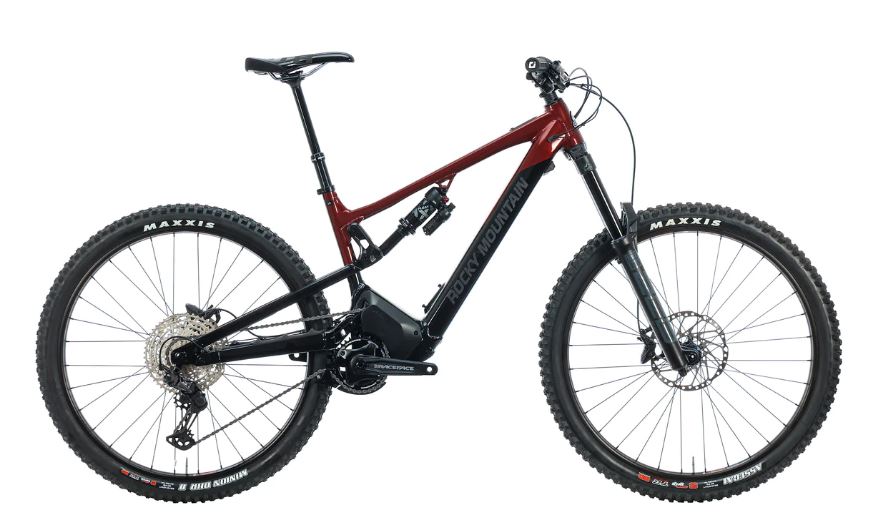
Battery Types: The Lifeblood of Your Ride
Just as a cyclist needs energy to push through challenging climbs, a mountain e-bike relies on its battery to sustain its journey. Lithium-ion batteries dominate the scene for their superior energy density and longevity. However, variations exist within this category, offering a spectrum of weight, capacity, and recharge times. Choosing the right battery is a balancing act: higher capacity means longer rides but also increases the bike’s weight. It’s a decision that shapes the bike’s character and your experience on the trail.
Navigating the Technical Terrain of Power Systems
Understanding the nuances of mountain e-bike power systems is akin to mastering a technical trail: it requires attention and finesse. The interplay between motor efficiency and battery capacity is a delicate dance that determines how far and fast you can go. As someone who has navigated countless trails, both powered and unpowered, I’ve come to appreciate the subtle yet significant impact these elements have on the ride. They’re not just technical specifications; they’re the determinants of your bike’s soul.
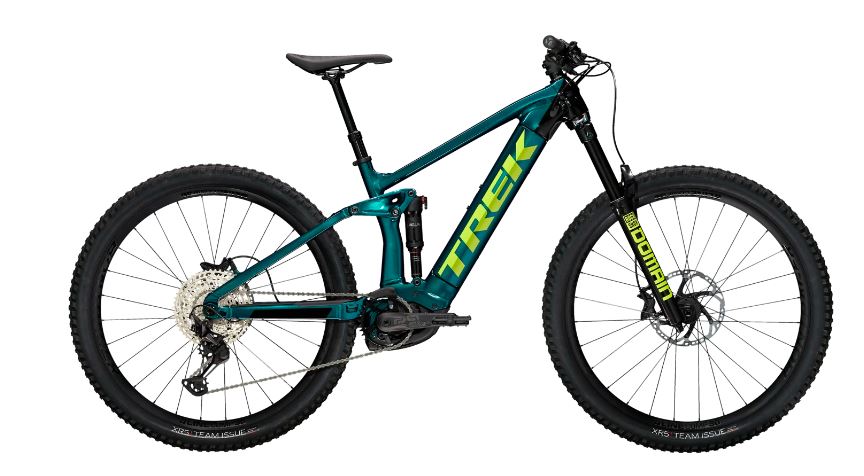
The Evolution of Mountain E-Bike Power Systems
The journey of mountain e-bike power systems from their inception to the sophisticated systems we see today is a testament to cycling’s relentless pursuit of innovation. Early e-bikes were bulky and inefficient, but today’s models are marvels of engineering, offering lightweight designs, impressive power output, and battery systems that blend seamlessly into the bike’s frame. This evolution has not only improved performance but has made mountain e-biking more accessible and enjoyable for a broader audience.
Looking to the Future: Beyond the Horizon
As we peer into the future, the potential for further advancements in mountain e-bike power systems is boundless. We’re on the cusp of seeing more efficient motors, longer-lasting batteries, and even smarter systems that can adapt to riding styles and terrain. The promise of technology that can further harmonize with human effort and the natural environment is an exciting prospect for every mountain biker.
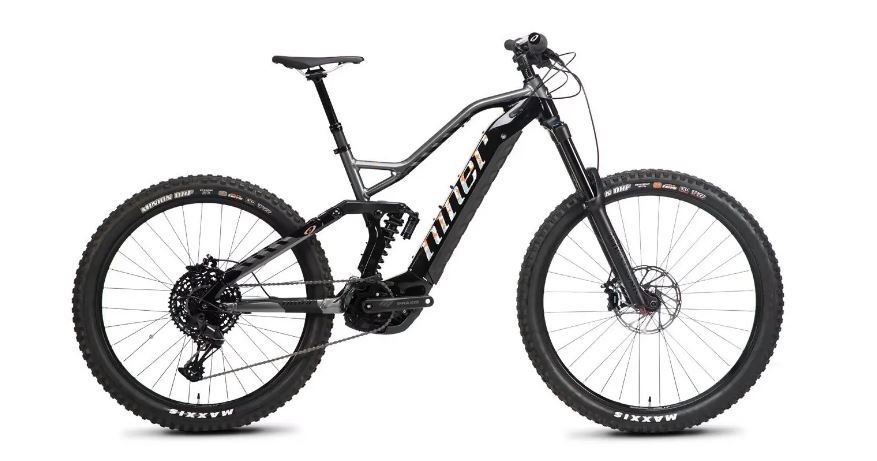
Conclusion: Embracing the Electrified Trail
The advent of mountain e-bikes represents a significant milestone in the evolution of cycling, offering a blend of traditional biking’s physical demands with the technological prowess of electric assistance. Understanding the intricacies of their power systems — from motor efficiency to battery types — is crucial for anyone looking to venture into this electrifying aspect of the sport.
As we continue to explore the boundless trails and terrains that mountain biking offers, the integration of these advanced power systems promises to make our adventures more thrilling and accessible. In embracing the electrified trail, we’re not just witnessing the evolution of the bike; we’re part of cycling’s ongoing journey into the future, and here I present to you the mountain e-bikes that were highly regarded in the cycling community:
1. Specialized Turbo Levo
The Specialized Turbo Levo is renowned for its impressive blend of power, range, and trail performance. It features a high-capacity battery and a powerful motor integrated seamlessly into its design, offering a natural riding experience. The bike’s advanced suspension and geometry make it a top choice for serious trail riders seeking an e-bike that can handle technical terrain with ease.
2. Trek Rail
Trek Rail stands out for its robust construction and exceptional handling on rugged trails. Equipped with a Bosch Performance Line CX motor and a long-lasting battery, it delivers consistent power and can tackle steep climbs and challenging descents. Especially the Trek Rail 7 suspension system and frame geometry contribute to its stable and confident ride.
3. Giant Trance E+
The Giant Trance E+ is celebrated for its versatile performance across a wide range of trail conditions. It features Giant’s SyncDrive Pro motor, which provides smooth, instantaneous power delivery, and its EnergyPak battery system offers a great balance between weight and capacity. With its Maestro suspension system, the Trance E+ delivers excellent traction and control, making it suitable for everything from cross-country rides to more aggressive downhill tracks.
These models are highly recommended for their leading-edge technology, design, and performance, making them excellent choices for riders looking to explore mountain trails with the added boost of electric power. Always consider your specific riding needs, preferences, and local terrain when choosing a mountain e-bike to ensure it aligns with your mountain biking adventures.
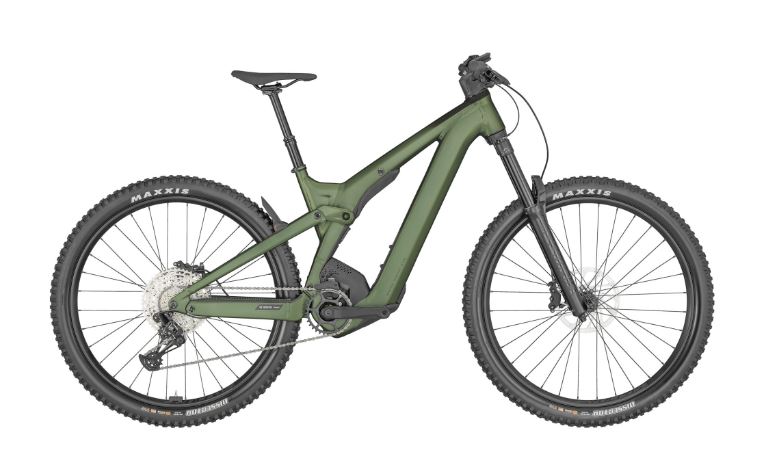
FAQ
Is there a big difference between 500W and 750W ebike?
Yes, a 750W e-bike offers more power and torque than a 500W, enhancing acceleration and hill-climbing capabilities.
What is the difference between 250W and 1000W ebike?
A 1000W e-bike provides significantly more power and torque than a 250W, resulting in faster acceleration, greater hill-climbing ability, and potentially higher top speeds.
What is the difference between Class 1 and Class 3 Ebikes?
Class 1 e-bikes are pedal-assist only with no throttle and assist up to 20 mph. Class 3 e-bikes are also pedal-assist only but can assist up to 28 mph and often include a speedometer.
How fast is a 750W e-bike?
A 750W e-bike can typically reach speeds up to 28 mph (45 km/h) with pedal assist, depending on the bike’s design and local regulations.
